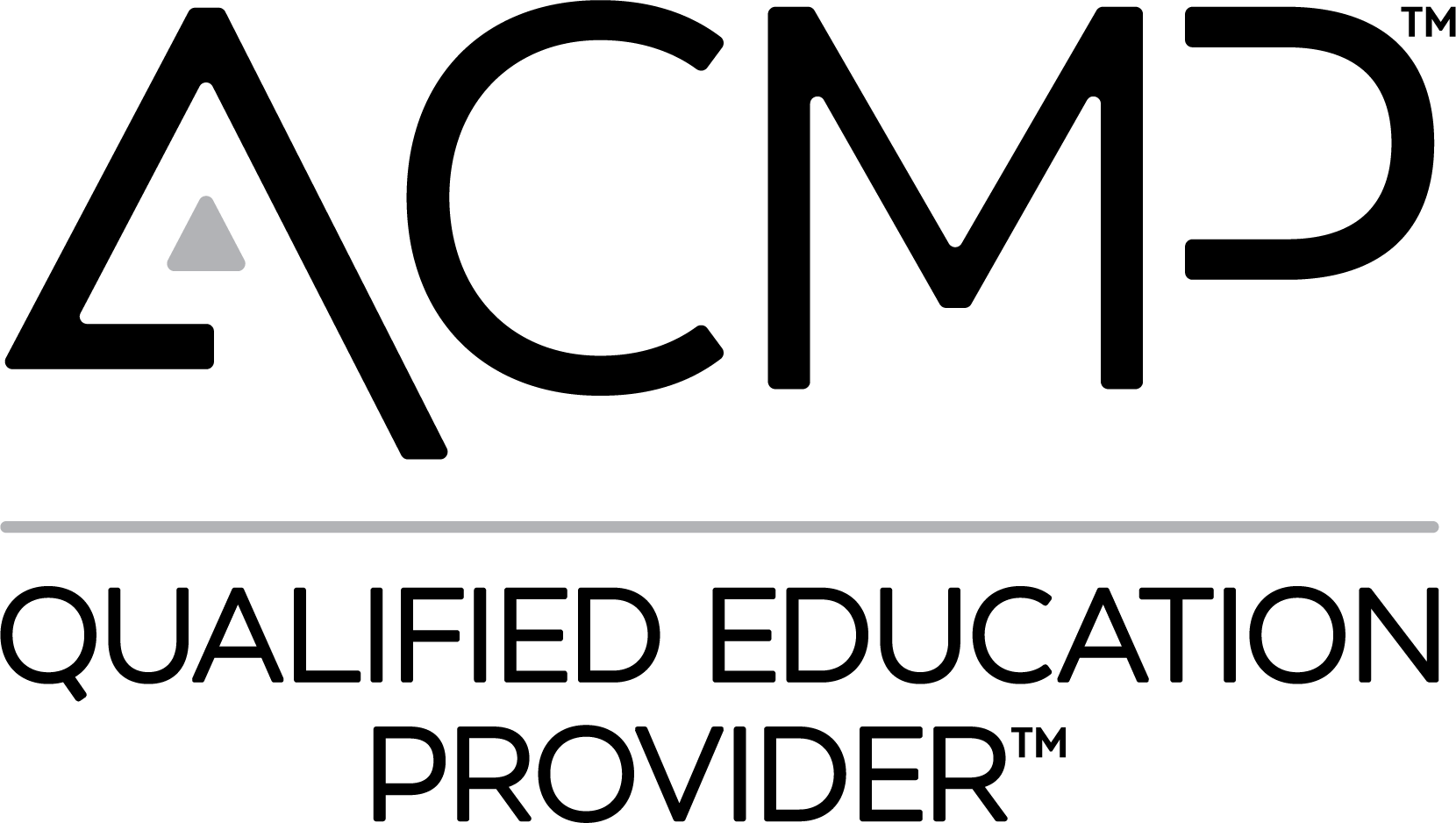Although the term began in higher education surrounding multicultural and student affairs, Diversity, Equity, Inclusion, and Belonging or “DEIB,” have become a growing movement in professional workspaces.
Some corporations contract leading speakers and trainers in the field. In contrast, others saddle their HR department with inclusion initiatives without properly understanding how to overcome unconscious bias and create hiring practices to match the recognized need for a diversified heterogeneous workforce. Aside from being the resoundingly right thing to do, innovative leaders understand the enumerable benefits of a diverse workplace and know it’s a part of improving the employee experience and company culture, regardless of the current culture or experiences. Here, we will address what it looks like to incorporate inclusion on purpose.
Workplace diversity refers to employees with varying characteristics, such as sex, age, religion, gender, race, language, ethnicity, education, sexual orientation, abilities, etc. Organizations that incorporate inclusive hiring practices and seek workplace diversity are considered more highly sought-after employers, have higher profits, and outperform their less-diverse competitors.
Here are some statistics related to different benefits across different diversity initiatives:
- Companies with more diverse management have 19% higher revenue.
- Inclusive companies are 1.7 times more likely to be innovative leaders in their market.
- When diverse teams are the drivers of decision-making, they outperform individual decision-makers 87% of the time in business decisions.
- 67% of job seekers on Glassdoor say an inclusive company is an important criterion when considering employment offers and opportunities.
- Ethnically and racially diverse companies outperform industry standards by 35%.
“It is not our differences that divide us. It is our inability to recognize, accept, and celebrate those differences.”
Audre Lorde
“Feelings of worth can flourish only in an atmosphere where individual differences are appreciated, mistakes tolerated, communication is open, and rules are flexible – the kind of atmosphere that is found in a nurturing family.” –Virginia Satir
Rushika Tushyan and Jodi-Ann Burey discuss the importance of ending imposter syndrome in the workplace as a means towards more inclusive practices. The article invites leaders to stop labeling very natural tendencies of self-doubt, hesitation, and lack of self-confidence as “imposter syndrome.” The syndrome disproportionately affects high-achieving people who find it difficult to accept accomplishments and affects women of color at even higher rates. Why?
Let’s be brutally honest: in our current culture, there are multiple models of leadership and confidence for men, but not many for women of color. Men have many models to see themselves reflected in the world among CEOs and leaders. Characteristics range from outspoken and eccentric to soft-spoken and reserved. Their choice of dress can range from Hoodies and jeans to finely tailored suits. Every U.S. President has been male; forty-five out of forty-six have been white. What might it mean to appear “presidential” to most Americans?
“It’s easier to set up a professional development program, put money into training, or to even pay for a coach or a mentor rather than think about the values, ideologies, and subsequent practices amidst the severe underrepresentation in organizations that create imposter syndrome as a mainstay,” says Dr. Kecia Thomas, an industrial organizational psychologist and dean of the College of Arts and Sciences at the University of Alabama at Birmingham. The concept of “imposter syndrome” was developed in a 1978 study of high achieving white women. Since then, it has become an endemic, used primarily to underpin women in the workplace unintentionally. The phenomenon has spawned decades of thought-leadership instruction to address the overwhelming symbiotic identification between imposter syndrome and high-achievers, across gender, race, and social-economic class.
Through the years, imposter syndrome has replaced incredibly common feelings of self-doubt and discomfort as a pathology for women. Imposter syndrome then puts the onus on the individual to fix rather than address the systemic application of a very narrow, outdated study into a corporate 21st-century culture. Workplace cultures that assign traits such as temper, ambition, pride, and competitiveness as excusable because it comes from a man but assigns vulnerability, dealing with daily microaggressions, compassion, and prudence as female traits are the architects of the structure which perpetuates imposter syndrome as a plight of women. In reality, doubt and insecurities have no signal carrier and affect all gender expressions, sexes, ages, and statuses - women are simply the only ones who are allowed to talk about it.
“In today’s interconnected and globalized world, it is now commonplace for people of dissimilar world views, faiths and races to live side by side. It is a matter of great urgency, therefore, that we find ways to cooperate with one another in a spirit of mutual acceptance and respect.”
Dalai Lama
You believe inclusion is the right thing to do at work. But you don’t know what you don’t know. You are ready to work towards having a more inclusive workspace which will create more psychological safety for everyone. You are ready to take responsibility and accountability for creating an inclusive culture. What do you do now? Rushika Tulsyan’s book Inclusion on Purpose is a great place to start.
Below are ten more ways to start today:
1. Use inclusive language
Inclusive language goes well beyond interpersonal communication in the office and on memos. The language you use for job postings, company mission, vision, and goals, all broadcast to employees and future prospects whether you’ve got their back or if you are tone-deaf to the needs of different cultures and representative populations.
2. Update your employee value proposition
Make sure what you offer is what your employees want, have requested, and is aligned with the needs of future generations of employees to welcome growth and opportunity.
3. Celebrate diverse holidays and give observation options
Simply: stop only recognizing Christian holidays, regardless of the makeup of your current known-religious affiliations. Many do not make their beliefs public, and therefore, honoring and celebrating diverse holidays and observances is an easy way to welcome a new era of inclusion.
4. Interview your diverse employees
Go to the source. Ask what brought your diverse employees to the company and learn from them how to best attract more. Note: do not ask if you are not ready or humble enough to follow their lead.
5. Hire and promote for diversity
Actively seek minority group representation for the roles you seek to fill. There are qualified candidates across all characteristics for every single posting. Interrogate the channels and methods you post openings and seek diverse platforms.
6. Establish mentorship for underrepresented groups, especially women of color and gender non-binary individuals
Evidence supports that mentoring is effective in retaining and promoting the growth of diverse employees. We can all recognize the importance of mentorship in our lives. A mentorship program supports growing diverse leadership. Even if you do not sponsor a program, it’s likely these relationships will grow, anyway. Having company support will enhance feelings of safety and priority for inclusive groups from the top.
7. Be data-driven and rigorous in understanding the benefits and where your organization falls short
Humility and a growth mindset will go a long way in understanding you may have a long way to go, but the journey begins today in ushering a more inclusive workplace environment. Do your research about top leaders in your industry and how inclusive practices have driven growth.
8. Listen up: quit gaslighting
Even if you don’t believe you gaslight, take steps to become more aware of your behavior and communication practices. (Read the article linked, too)
9. Issue a statement from your CEO
An underrated and easy step. In times of turmoil, the worst thing leadership can do is grow eerily silent and refrain from drawing a line in the sand. A public statement from your CEO is the fertile ground for welcoming change.
10. Use social media to promote diversity
Not lip service. Actually, promote alternative perspectives and workplace diversity. This is last because you’ll have to back it with action and create an inclusive-welcoming space before it becomes one. You can start with social justice initiatives for under-represented populations to show where you stand on issues important to your employees and company culture.
Looking for more?
Check Talently's HR guide for creating inclusion in the workplace and Rushika Tulsyan’s book Inclusion on Purpose. A great podcast to check out is the Diversity Network’s The Inclusion Podcast.











